From Natural to Cultured- A Guide to Different Pearl Types and Values

Pearls have been prized for their natural beauty for centuries and have played a significant role in many cultures. Today, pearls remain a popular choice for jewelry due to their timeless elegance and versatility.
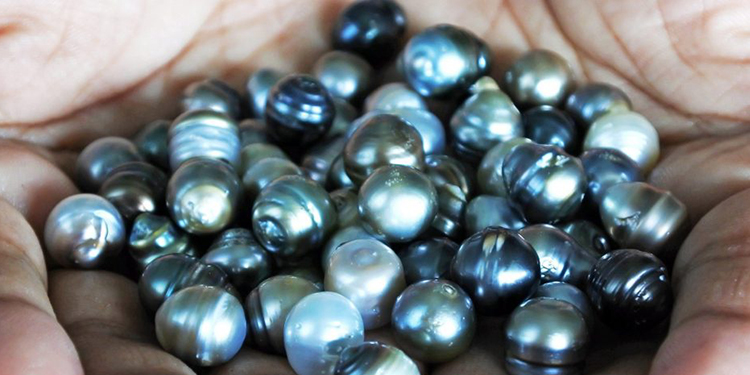
The article's purpose is to provide a guide to different types of pearls and their respective values, as well as the factors that influence their worth. The outline aims to educate readers on distinguishing between all types of pearls and making informed purchasing decisions regarding these treasured gems.
Natural pearls
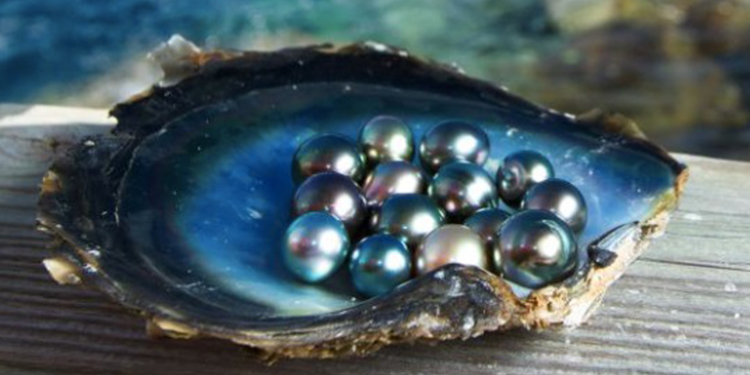
Natural pearls are the best of the best when it comes to pearls. Natural pearls develop in the wild without the interference of humans. These lovely jewels are formed when an irritant, such as a particle of sand, penetrates the soft tissue of a mollusk, such as an oyster or a clam. To defend itself, the snail secretes layers of nacre around the irritant, eventually producing a pearl.
Natural pearls are distinguished by their distinct qualities. Natural pearls are available in various forms, sizes, and colors. Each pearl is unique in its markings and patterns, making it a one-of-a-kind treasure. Natural pearls are also prized for their brightness or how well they reflect light. Natural pearl luster is reported to be softer and more iridescent than produced pearl luster.
Natural pearls are very expensive due to their scarcity and unique qualities. Natural pearls are among the most costly stones in the world. Several criteria determine a natural pearl's value, including size, shape, color, and luster. Yet, rarity is an important aspect in determining value. Natural pearls are so uncommon that they may command exorbitant amounts at auction.
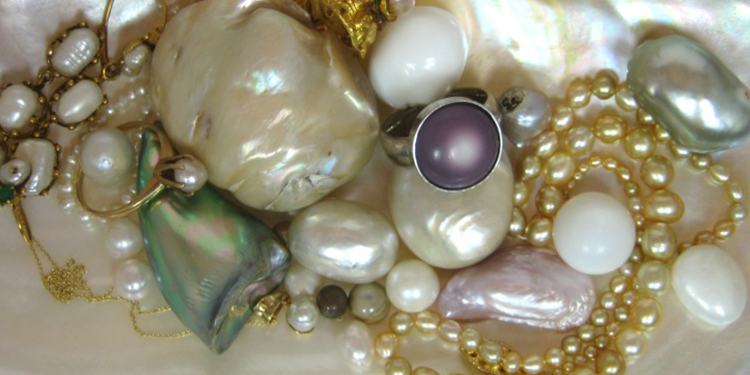
Natural pearls have always been highly valued and cherished. Natural pearls were formerly considered the ultimate emblem of riches and prestige. Many princes and emperors had personal collections of natural pearls that they would flaunt as a sign of their authority and dignity. Natural pearls' scarcity gave them a magical air, and they were often connected with the divine.
Cultured pearls
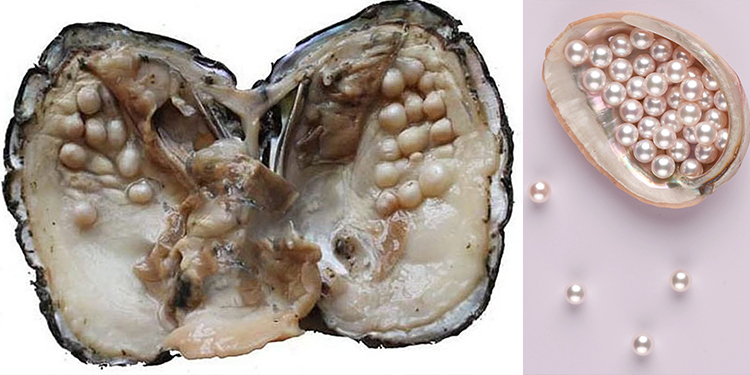
Cultured pearls result from an intriguing process involving human intervention in the natural pearl generation process. The process of pearl cultivation is inserting a tiny bead or tissue into a mollusk, which subsequently creates a pearl around it. The snail secretes nacre layers surrounding the transplanted nucleus to make a pearl, which may take many years.
Cultured pearls are classified into various categories, each with its own set of qualities and worth. The most popular form of cultivated pearl is the Akoya pearl, recognized for its classic white hue and superb luster. South Sea pearls are one of the most costly forms of farmed pearls because they are bigger and have a golden or white tint.
Tahitian pearls, often known as black pearls, are highly sought after due to their dark hue, size, and brilliance. Freshwater pearls are the least expensive form of cultivated pearl and are available in various shapes, sizes, and colors.
A cultivated pearl's value and quality are determined by size, shape, color, luster, and surface quality. The most expensive pearls have spherical forms, great shine, and few imperfections. Yet, beauty is in the eye of the beholder, and personal choice also plays a factor in deciding a pearl's worth.
Akoya pearls
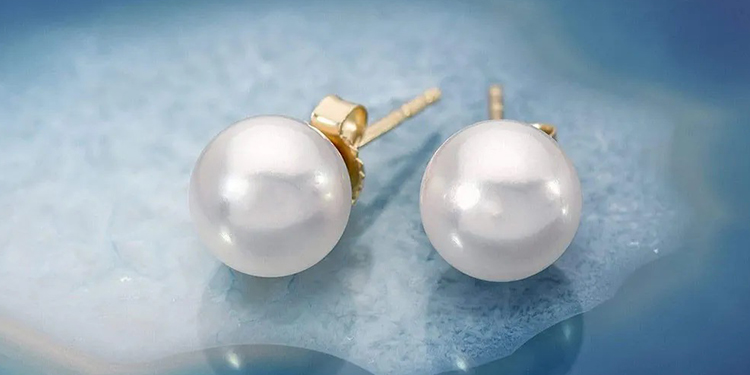
The much-loved Akoya pearls! These stunning pieces are well-known for their glossy brilliance and traditional white tone, making them a favorite choice among jewelry enthusiasts worldwide.
The Pinctada fucata oyster, endemic to Japan and China, is cultured to produce Akoya pearls. These pearls are often smaller, ranging from 2mm to 10mm, and are prized for their near-perfect round form and brilliant brightness.
Culturing Akoya pearls entails delicately inserting a little bead and a piece of mantle tissue into the gonad of an oyster. This action activates the oyster's innate defensive system, forcing it to wrap the bead with layers of nacre, the same material that forms the shell. The thicker the layers of nacre increase as the oyster is allowed to cover the bead, resulting in a bigger and more expensive pearl.
Size, shape, luster, surface quality, and color are all considered while grading Akoya pearls. The best Akoya pearls have a mirror-like sheen, a smooth surface, and are perfectly spherical. These pearls are very uncommon and command a high market price.
South Sea pearls
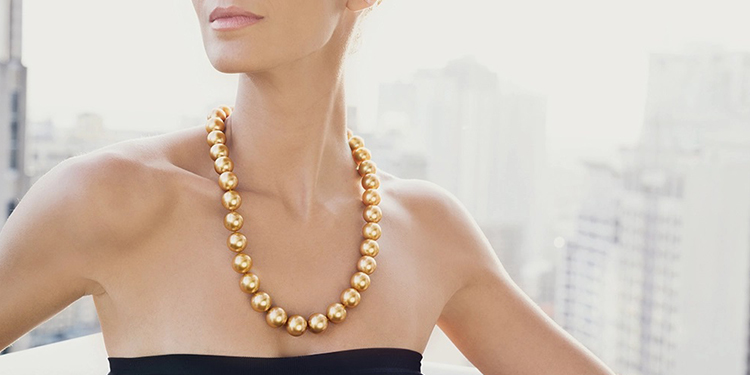
South Sea pearls are among the rarest and most precious forms of pearls in the world, distinguished by their great size and distinctive hues. These magnificent pearls are usually farmed in the warm seas of Australia, Indonesia, and the Philippines.
South Sea pearls are much bigger than their counterparts, with an average diameter of 10-20 millimeters and various hues available, including white, silver, and golden. Pearl enthusiasts and jewelry collectors prize them for their unusual size and shine.
South Sea pearl cultivation is a delicate procedure that demands time and talent. Over many years, pearl growers delicately implant a tiny bead nucleus into the oyster, which subsequently secretes layers of nacre surrounding the nucleus. Pearls with rich, glossy nacre and a gorgeous shine arise from this delayed development process.
A grading system that considers criteria like size, shape, color, and luster determines the value of South Sea pearls. The most valuable South Sea pearls are precisely round and big, with brilliant, even brightness. These pearls have a high market value, with some rare examples selling for tens of thousands of dollars.
Tahitian pearls
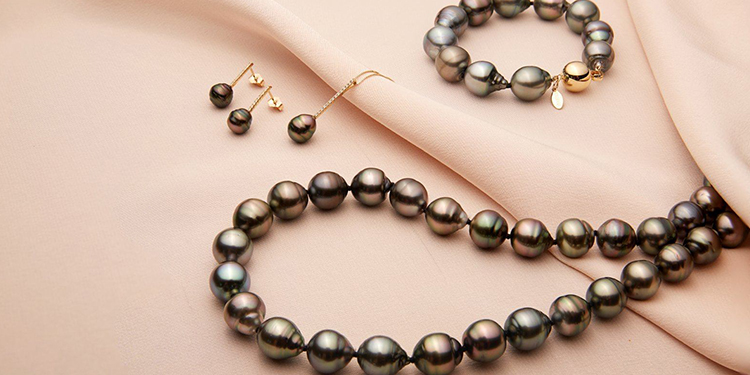
Tahitian pearls are distinguished by their dark and exotic look, making them a one-of-a-kind addition to any jewelry collection. These pearls are typically produced in French Polynesia's seas, particularly near the islands of Tahiti, thus their name. Unlike other pearls, Tahitian pearls may come in various hues, including black, gray, and even peacock green.
Tahitian pearl cultivation is a difficult procedure that demands great expertise and patience. The procedure starts with placing a little mother-of-pearl bead into the shell of the oyster, which will act as the nucleus for the pearl. The oyster is then reintroduced to the water to produce the pearl naturally over time. When gathered, the pearls are cleaned and polished to bring out their distinct brightness.
Tahitian pearls are classified according to several parameters: size, shape, color, and surface quality. All of these aspects contribute to the pearl's total worth. Larger pearls with fewer imperfections and abnormalities will often command a greater price.
Tahitian pearls are among the most costly in the world of pearls owing to their scarcity and distinctive color variations. Because of their deep and rich hues, sapphires are a popular option for high-end jewelry, and they are often combined with diamonds or other valuable stones to create breathtaking pieces that will turn attention.
Freshwater pearls
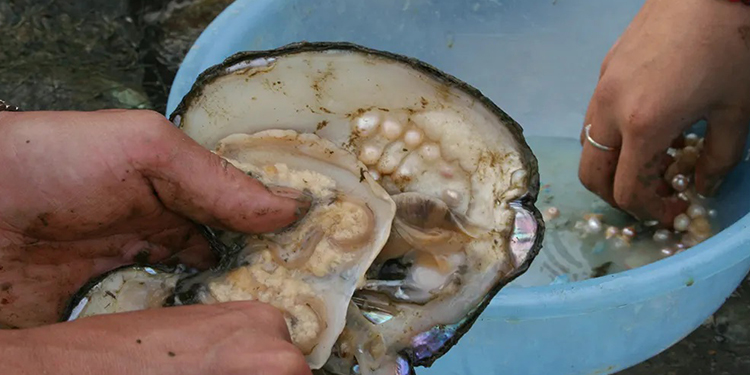
Freshwater pearls are a popular option for people looking for a less expensive alternative to saltwater pearls. Mussels in rivers, lakes, and ponds generate these pearls, mostly found in China. They are distinguished by their distinctive forms and hues, which range from white and pink to purple and even black.
Freshwater pearls, as opposed to saltwater pearls, are often farmed in vast numbers, providing a larger range of forms and sizes. Freshwater pearls are produced by implanting a portion of mantle tissue from a donor mussel into a host mussel, forming a pearl sac around the tissue. Layers of nacre accumulate throughout time, resulting in a stunning pearl.
When it comes to freshwater pearl grading, the emphasis is on luster, surface quality, form, color, and size. The most costly pearls have a high shine and minimal surface imperfections. Although round pearls are more precious, freshwater pearls in baroque and other unusual forms may still be costly.
Freshwater pearl prices vary widely based on quality, size, and color. They are, nevertheless, more inexpensive than their saltwater cousins owing to their abundance. Despite this, high-quality freshwater pearls may fetch a premium price, making them an appealing alternative for those looking for a stunning pearl at a more affordable price.
Factors that affect pearl quality and value
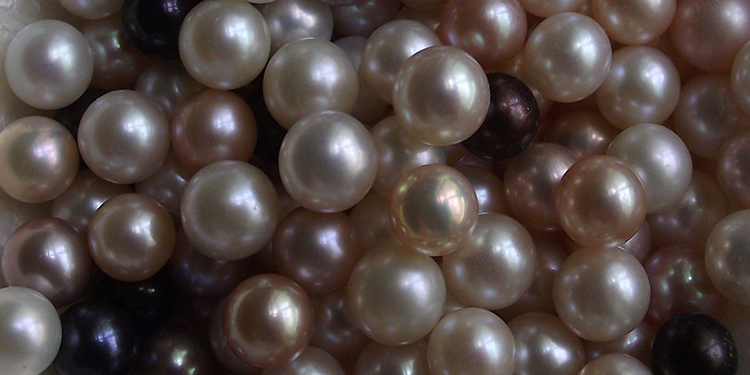
Size, shape, color, luster, and surface quality are all key variables in determining pearl quality and value.
Size: Pearl size is an important factor in determining their value, with larger pearls generally commanding higher prices due to their rarity and difficulty in cultivation. Pearl varieties also impact their value and quality, with some varieties such as South Sea pearls being larger and more valuable than others such as freshwater pearls.
Round pearls are the most costly and sought since they are the rarest and most difficult to grow. Non-round pearls, such as baroque or teardrop-shaped pearls, are less valued.
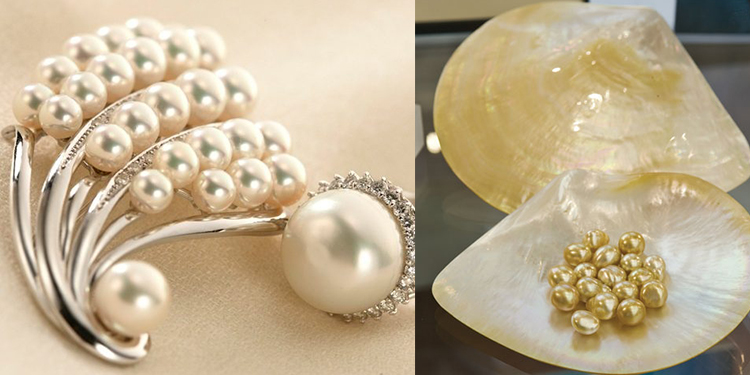
Color: The color of a pearl may significantly affect its value—the most precious pearls with naturally occurring colors like white, black, or pink. Artificially colored or dyed pearls are often less valuable.
Luster: High-luster pearls are considered more valuable due to their bright and reflective appearance, which is determined by the thickness and quality of the nacre layer. A smooth surface and even coloration also enhance their desirability.
Surface quality: The quantity of defects or irregularities on a pearl's surface is called it's surface quality. Pearls with a smooth, blemish-free surface are more valuable than pearls with apparent flaws or defects. Pearls with noticeable fractures or chips are much less valuable.
Matching of pearls in a strand or set
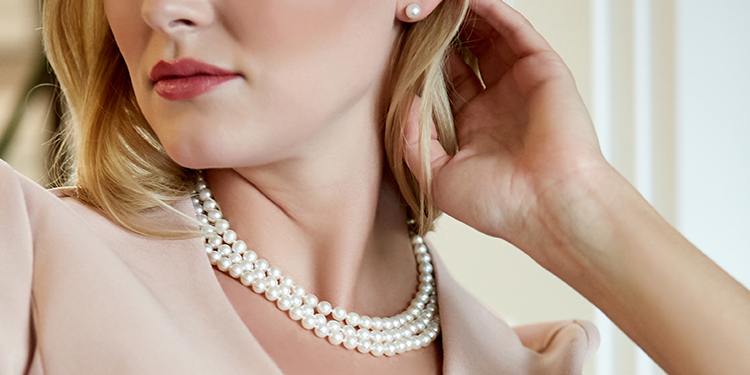
The matching of pearls is an important component that influences the quality and value of a pearl strand or set. Pearls are matched based on their similarity in size, shape, color, luster, and overall look. A well-matched pearl strand or set has almost similar pearls, providing a visually appealing and harmonious effect.
A well-matched pearl strand or set will have a greater value in quality since it is more uncommon and desired. This is due to the time-consuming and skilled process of matching pearls, which raises the cost of making the strand or set. The better the quality and value of the strand or set, the more uniform the pearls are.
On the other hand, a badly matched pearl strand or set will have a lesser value since it seems imbalanced and less aesthetically attractive. The pearls may vary widely in size, shape, color, or shine, giving the strand or set a chaotic look. This may significantly diminish its popularity and value.
Conclusion
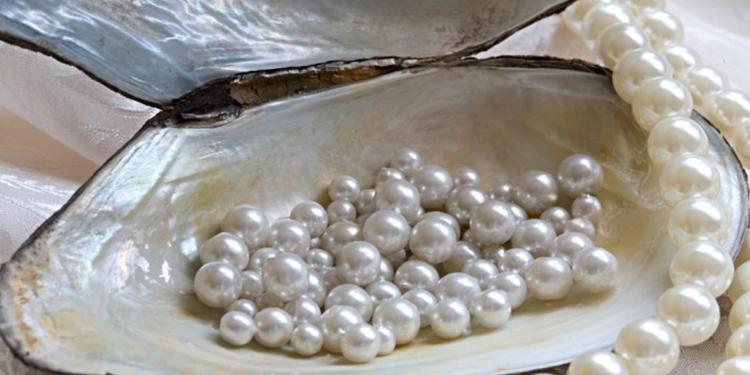
In conclusion, pearls have remained popular and wanted for generations due to their inherent beauty and elegance. The article has offered useful information about many varieties of pearls, their distinguishing properties, and how they are valued. Natural pearls are the rarest and most valuable pearls, whereas cultivated pearls, which are generated via human involvement, are more inexpensive and exist in a variety of sizes, shapes, and hues. South Sea pearls are bigger and more costly owing to their various hues, whereas Akoya pearls are noted for their shine and white color. Criteria like size, shape, color, luster and personal choice determine pearl value. Knowing the many varieties and prices of pearls can help you make educated purchase choices and appreciate the timeless beauty of these precious jewels, whether you're an ardent collector or a newbie jewelry lover.


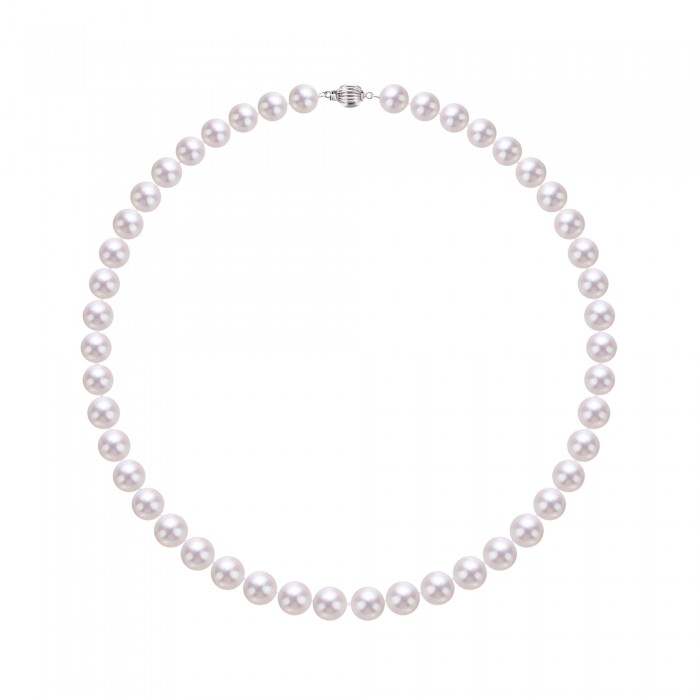
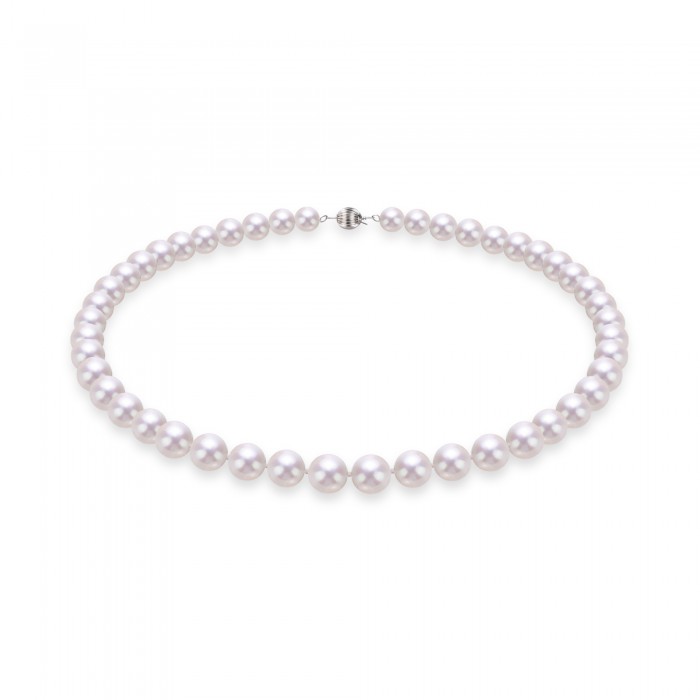
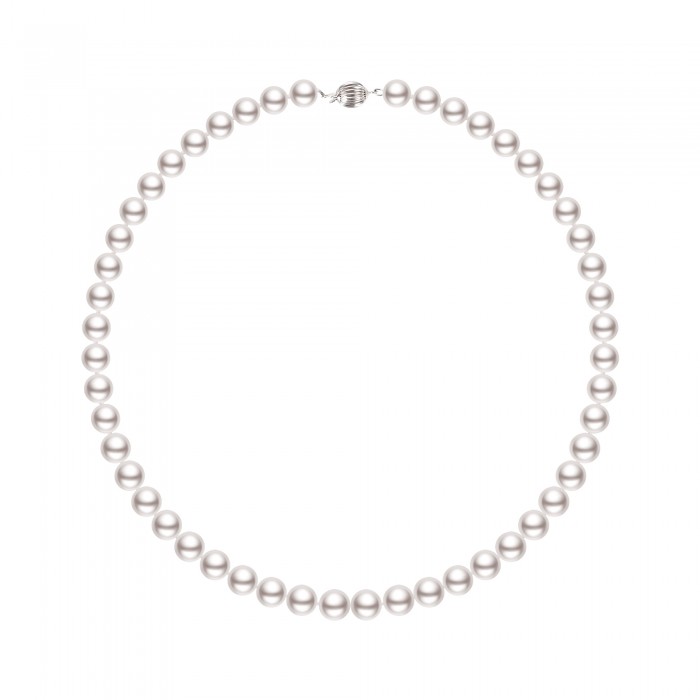
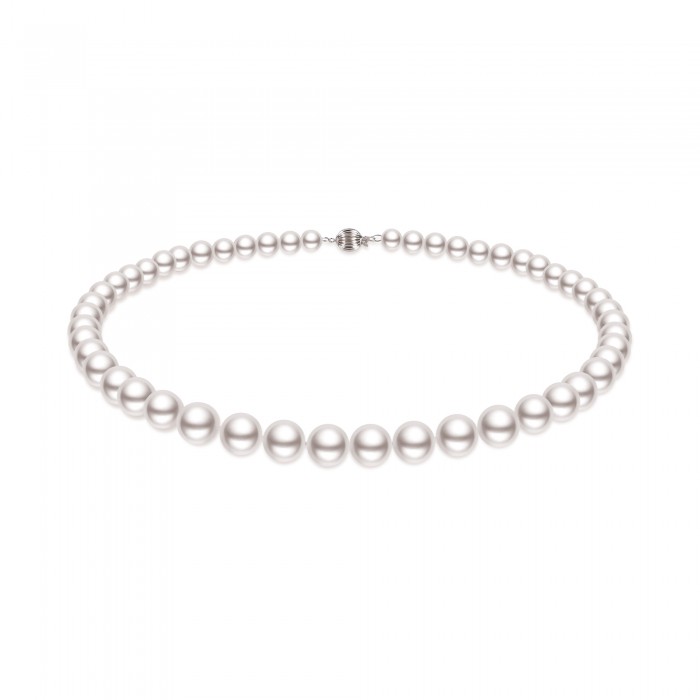
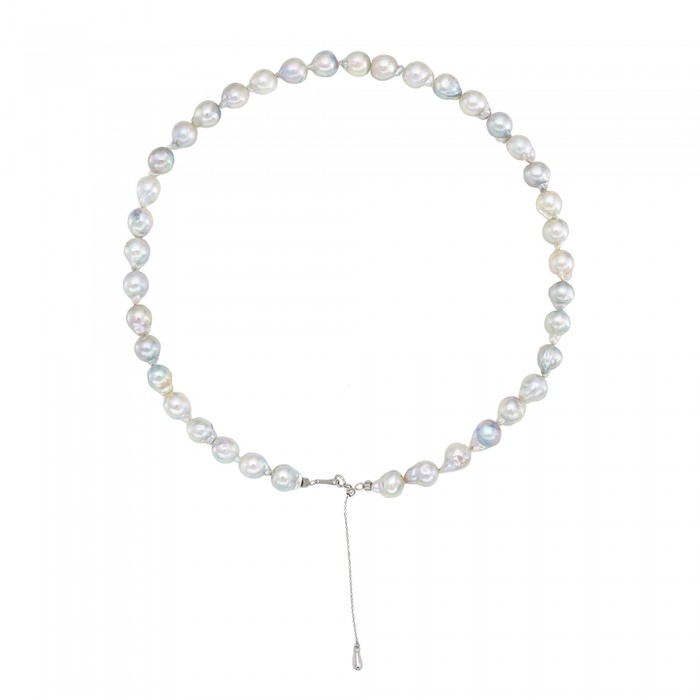
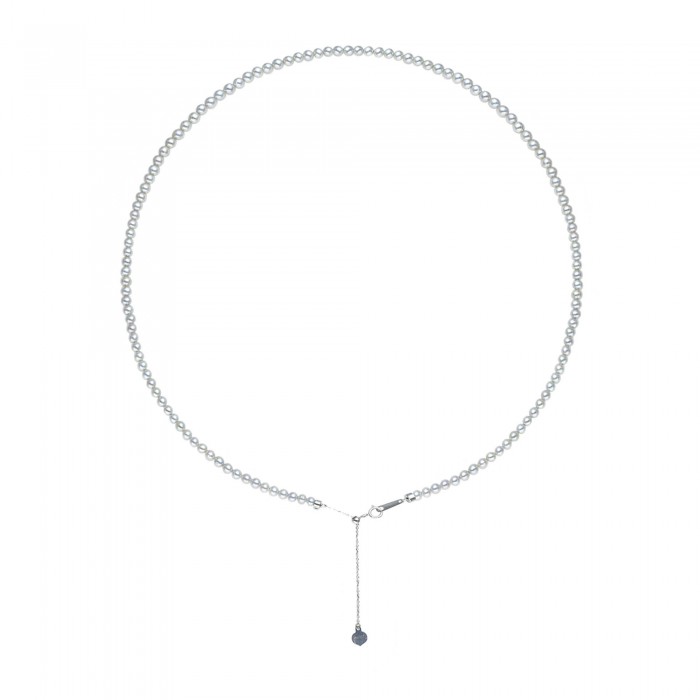
Leave a Comment